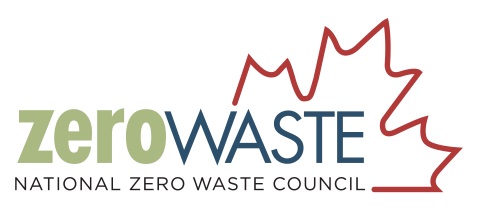Watch our webinar recordings to learn how Canadian municipalities of all sizes are lowering contamination rates in their recyclable materials, improving recycling systems and the quality of recyclables to meet changes in international regulations around plastic waste.
Webinar #1: A circular economy approach to plastics: A review of global case studies
Presented with the National Zero Waste Council and the Smart Prosperity Institute, this webinar recording explores plastics management through the lens of circular economy, examining how organisations and countries around the world have revolutionised traditional waste management to benefit their community.
Moderator:
- Stephanie Cairns, Director of Cities & Communities | Circular Economy, Smart Prosperity Institute
Speakers:
- Andrea Crump, Circular Economy Policy and Projects Officer, London Waste and Recycling Board, United Kingdom
- Peter Skelton, Strategic Partnerships Manager, WRAP Global, United Kingdom
Read the transcript
Webinar #2: Toward a circular economy for plastics: Canadian perspectives and approaches
Discover how Canadian municipalities are eliminating plastic waste in their communities by adopting a circular economy approach in our webinar recording. You’ll also learn how you can identify solutions, opportunities and challenges in your community when taking on this challenge. Hosted in collaboration with the National Zero Waste Council and Smart Prosperity Institute.
Moderator:
- Christina Seidel, Co-Chair, Circular Economy Working Group, National Zero Waste Council and Executive Director, Recycling Council of Alberta
Speakers:
- Chris Lindberg, Head of the Circular Economy Unit, Plastics Initiative, Environment and Climate Change Canada, Government of Canada
- Charlotte Ueta, Acting Manager, Waste Management Planning, Solid Waste Management Services Division, City of Toronto, ON
- Annette Synowiec, Acting Manager, Business Operations and Change Initiatives, Solid Waste Management Services Division, City of Toronto, ON
Read the transcript
Webinar #3: Raising recycling awareness through education initiatives
In our webinar recording, learn how you can get the word out to your residents to encourage better recycling practices through programs and other education initiatives to improve your community’s recycling rates.
Speakers:
- Andrew Duffield, Director, Sustainable Development, City of Beaconsfield, QC
- Michael Dipasquale, Supervisor, Waste Operations, Waste & Environmental Management Department, City of Markham, ON
Read the transcript
Webinar #4: Partnering with your sorting centre: How to optimize plastic waste management
See how some Canadian municipalities have successfully collaborated with their local waste sorting centres, and learn how you can apply the same principles to create an efficient and beneficial partnership between your community and your sorting centre, as well as lower your contamination rates in our webinar recording.
Speakers:
- Janine Piller, Waste Diversion Supervisor, City of St. John’s, NL
- Dwight Whynot, CEO, Scotia Recycling
Read the transcript
Webinar #5: Closing the loop: From plastics to products
This webinar recording focuses on Canadian and foreign innovative technologies that process plastic waste ultimately fostering local and circular economy. We also examine current trends and promising technologies from Canada and globally.
Speakers:
- Maggy Hinse, Environment Advisor, City of Salaberry-de-Valleyfield, QC
- Virginie Bussières, Vice-President of Communications, Marketing and Government Relations, Pyrowave
Read the transcript
The first two sessions were hosted in collaboration with the National Zero Waste Council, the Smart Prosperity Institute, as well as FCM’s Green Municipal Fund. GMF is funded by the Government of Canada.


